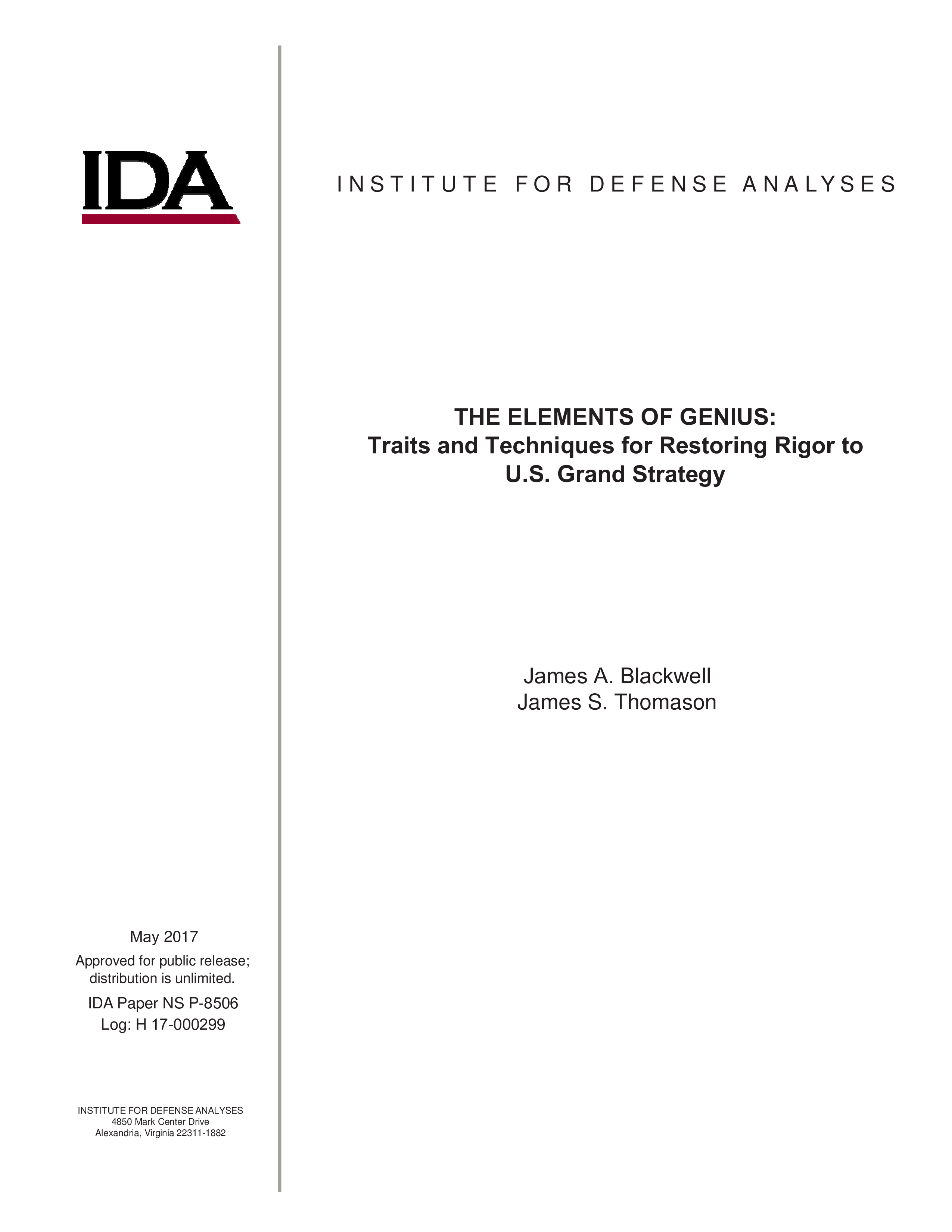There are of course many very important choices to be made in developing a great grand strategy, such as what alliances to honor, how to honor them, how best to build strong international partnerships to advance shared interests and values, and how to decide what conditions should be in place before the United States (U.S.) intervenes overseas unilaterally, to name a few. Not all of these choices, indeed likely very few of them, can be based on rigorous evidence alone. But the overriding theme of this article is that – wherever possible – U.S. strategists should seek to ground their ways and means in the most rigorous evidence. We have confidence in our government’s ability to develop facts using rigorous methods in test and evaluation processes for many national security technologies (such as radar, stealth, precision-guidance systems, etc.), and DoD has demonstrated remarkable (though hardly perfect) acuity at developing and adapting courses of action for military campaigns. However, we believe we need to work harder to do as well at the art of developing and adapting grand strategy. Toward that end, this article offers some proven methods and techniques for helping decision makers to determine as efficiently and effectively as possible what the critical facts are as well as what is likely to work and what is not to promote our strategic ends. We then offer several prescriptions for centering the development of an enduring American Grand Strategy: focus incessantly on the most critical elements of all – what we call the HEART – and ensure that the strategy is a GLOBAL one. Such ends are timeless American ideals, and they should transcend, synthesize, and rise above political, economic, social, and cultural special interests.

